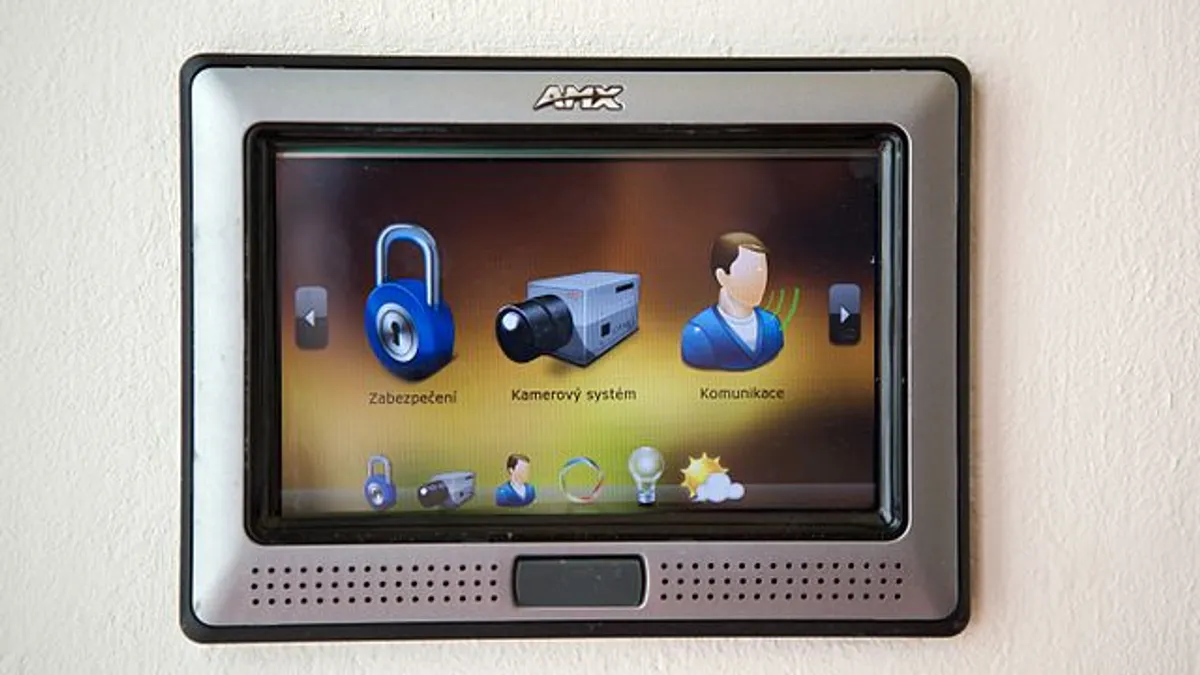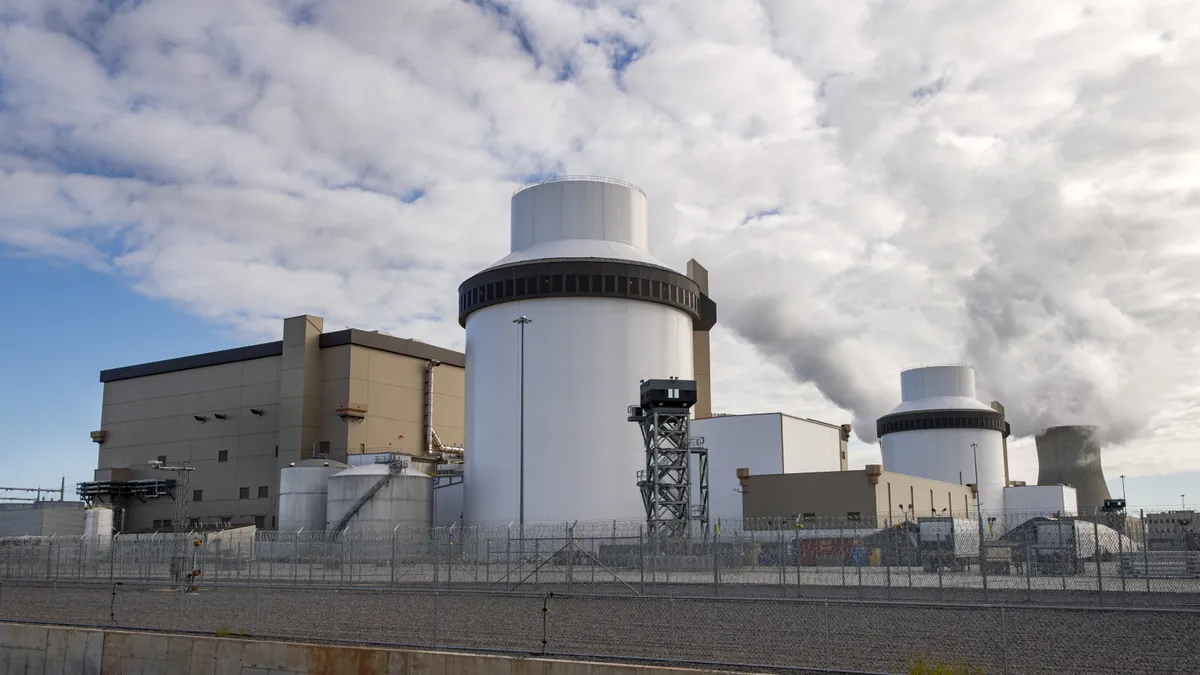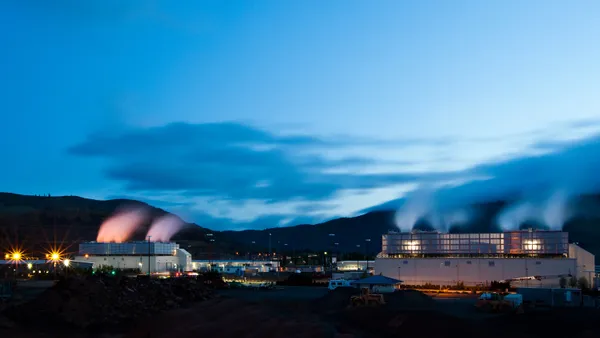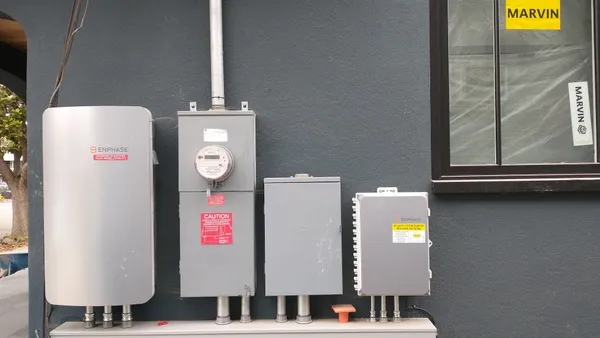The following is a guest post written by Carol Stimmel, founder and CEO of Manifest Mind, a research and consulting firm.
In the past few months, I have attended and presented at several utility industry conferences. It has been interesting to note that a focus on customer engagement has dwindled considerably. Yet, at the same time, during a recent presentation I made, a strategic utility executive stood up and complained vehemently that the issues of energy consumers are being ignored by the industry. This is indeed a curious shift in attention to the energy customer.
I find this to be worthy of a moment’s reflection; my conclusions are that either investment is dropping with regards to the energy consumer, or that we have grown beyond high-level discussion and are getting down to business. I am hopeful that it is the latter, because with the operational complications inherent in high-penetration renewables on the grid and with global carbon emissions still rising, the role of energy consumers is more important than ever. Couple the issues of the growing solar PV generation mix and an overall societal move to a services-based economy, it is clear that the energy industry has a tremendous opening to reach the energy consumer with end-to-end management offerings. In fact, the influx of non-traditional service providers with their early successes in capturing these same consumers demonstrates this reality.
Unfortunately, the current reality of the market shows a highly-fractured collection of clean technologies and tools that are making some impact, but there is massive benefit being left on the table. It is a fair statement to say that customers of every ilk are demanding personalized and relevant attention. But, while utilities work hard to reach their customers, these customers show very little interest in a utility relationship and do not resonate with traditional messages about energy reliability, planetary stewardship, or even modest cost savings. Instead, experience is beginning to show that consumers are more effectively reached at the level of their perceptions about efficiency and conservation, their resulting behaviors, and core values enabled by products and services that easily integrate into their lives.
The fastest way to achieve this goal is through a coordinated Energy Services Management (ESM) marketplace that brings energy products and attendant services to the customer. This approach will help bring an end to a fractured market and coalesce the industry for widespread economic and practical benefit. To understand the potential benefits of a unified market, our team at Manifest Mind recently undertook a market research study and forecast on the Energy Services Management marketplace in the United States through 2020. The ESM market encompasses tools and applications that bring energy products and services from energy providers to customers. The study characterized ESM as a proportional consumer spend, driven by novel forecasts for penetration rates for plug-in electric vehicles, electric vehicle supplementary equipment, home energy management devices, rooftop solar PV, emerging residential energy storage, and shaped by related accelerants such as smart meters and the Internet-of-Things. Analyzing the ESM market under various regulatory and energy pricing scenarios, the study provides a fresh and up-to-date accounting of cleantech products in a service economy, and most especially re-cast the nature of the HEM market to acknowledge its relationship with other adjacent markets, such as home security systems, telecom and entertainment.
This is the first attempt at modeling this formative market, and much work remains to be done. However, even with very conservative assumptions, it is likely that we will see a robust emergence of customer spending on residential energy management that will reach a cumulative spend of $124 billion by 2020. As the economy continues to shift towards services, ESM will be the lever that helps help the energy industry become optimal and flexible, and bring the need for demand-side management solutions forth in a manner that creates new revenue streams and improves customer relationships. This improves outcomes for all participants across the ever-broadening swathe of clean technologies, including equipment vendors, adjacent market service providers, and platform-providers who can provide highly personalized energy experiences for consumers.
The ESM market is already here — it arrived with the modernized operations, but like the smart grid itself it has not been popularly well-defined and its efforts have been fractured. Placing well-defined boundaries around the Energy Service Management marketplace will help the industry take action and work collaboratively for widespread economic and operational benefit. With an acknowledgement of the importance of ESM, I expect we’ll be hearing more about engaging customers at industry conferences and innovative ways to move energy products and services into the mainstream.














